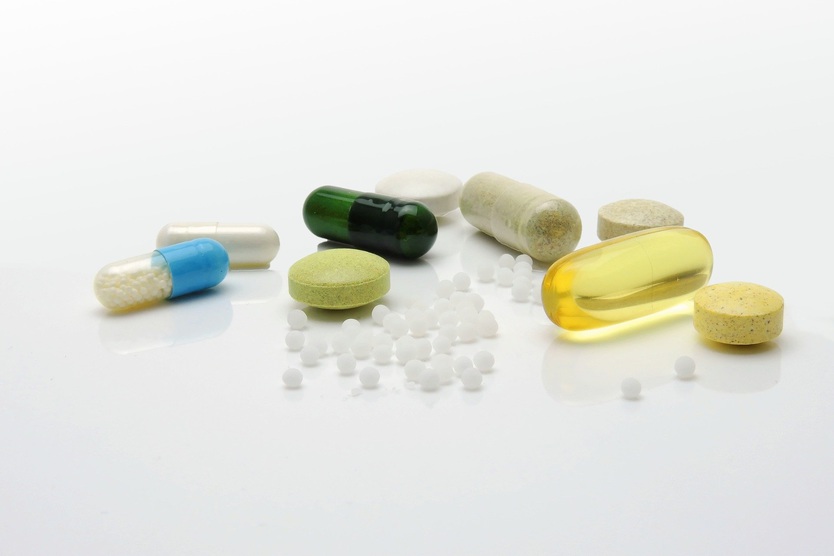
Pharmaceuticals are often produced with the freeze-drying process to protect the active substances
For a very long time freeze-drying has been known as a way to extend the shelf life of perishable goods. The Incas already used this method in the Andes to prolong the life of potatoes and meat. In freeze-drying, the source material is cooled down considerably and then subjected to low pressure. In this environment, the water can evaporate directly without becoming liquid beforehand. In industrial processes, this low pressure is generated by vacuum pumps. Today, freeze-drying is used in industry for drying instant coffee, herbs and, in particular, pharmaceuticals. As many pharmaceuticals that are dissolved in water rapidly lose their active ingredients, freeze-drying is considered to be a gentle method of preservation.
However, since the freeze-drying process requires very low temperatures and a vacuum, energy consumption is correspondingly high. Together with the GEA Group, a process technology specialist, the University of Bonn is currently looking for new ways of reducing energy consumption. In the ASG research project, the partners are developing an alternative drying process that can also work under atmospheric pressure and does not require a vacuum. Optimising and enhancing this process technology will then be a next step towards increasing energy efficiency even further.
In the current research, the partners are concentrating on ways of improving the production of drugs, but the technology could also be used in the food industry once it has reached market maturity. Since conventional freeze-drying has so far been very cost-intensive, a cheaper alternative would enable more food producers to start using this sustainable production method.
Ministry for Economic Affairs and Energy is funding the research of the ASG project from 2018 to 2021.


